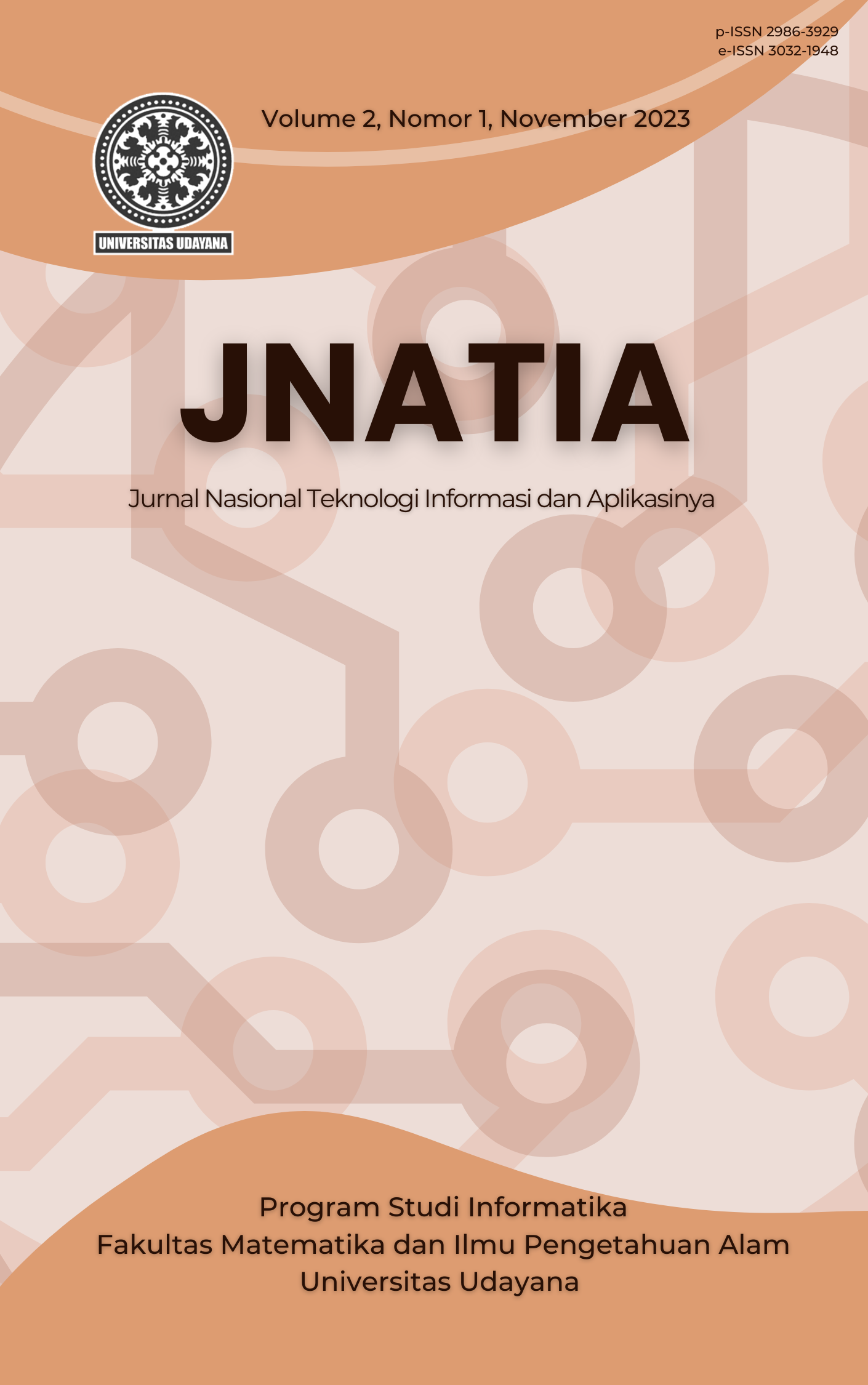Overlapping Map Penggunaan Overlapping Map dari Hasil Pengerjaan Reading Comprehension pada Aplikasi Viat – Map
Abstract
Viat-map is a web-based application that implements the Toulmin Argument concept for use in English Reading Comprehension subject. User acceptance of the Viat-Map application is one of the factors that supports the continued use of the application. Measurement of user acceptance of the Viat-Map application is carried out using the TAM (Technology Acceptance Model) method. This study aims to evaluate the implementation of the Viat-Map application using the TAM method, so that user perceptions and the factors that influence users in using the application can be identified. The research method uses a questionnaire as a tool to collect data on 26 users of the Viat-Map application. The results showed that user acceptance of the Viat-Map application had a positive effect on 3 TAM variables, namely perceived user convenience 89.56%, perceived usefulness 86.68%, and technology acceptance 81.87%. This shows that application developers can focus on improving development on the Viat-Map application acceptance variable because the percentage variable value is smaller than the other variable values.




